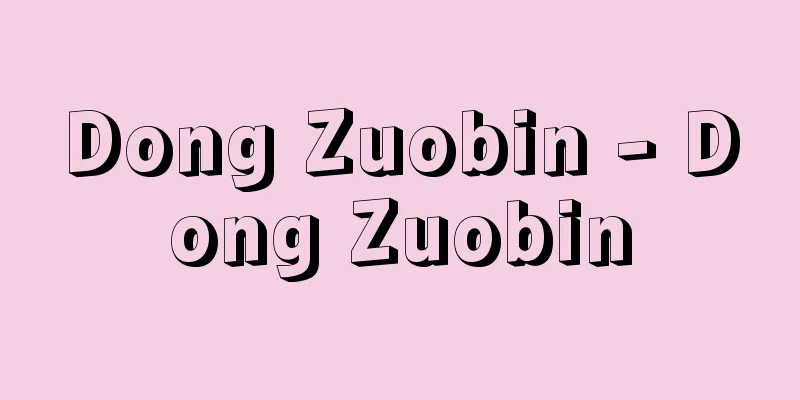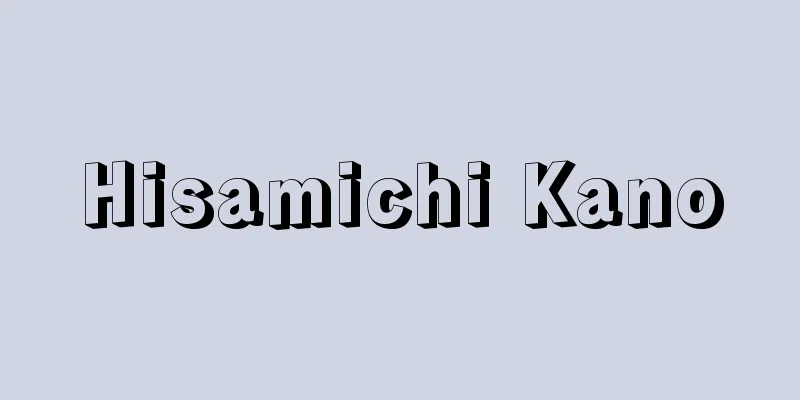The Monkey's Raincoat - Zokusarumi

|
Haikai Senshu (Collection of Haikai Poems). Two volumes. Edited by Senpo and others. Published in 1698 (Genroku 11). The seventh volume of the "Seven Collections of Haikai Poems." Also known as "Nochi Sarumin" and "Sarumino Koshu." The first volume is a collection of linked verses, with the opening verse "Rain falls on the willows in the eighty-nine hour sky," and five volumes of immortal verses, including one volume of four immortal verses by Basho, Senpo, Baken, and Riho. The second volume is a collection of hokku (poems), and includes a section on Buddhism and travel in addition to the four seasons category, with works by Basho, Shiko, Zenpo, Maso, Satopo, Inen, Kyokusui, Otokuni, and Jousou. In addition, the first volume includes Shiko's haiku poem "Koyoinofu." This work was published after Basho's death, and as the postscript makes clear, there are many elements that are still incomplete, and some have suggested that Shiko was a forgery, but the letters that remain make it clear that it was written under Basho's guidance. Overall, it is an extension of "Charcoal Bags," and it shows well the "lightness" of Basho's later years. [Kumo Hideo] "Basho Shichibushu (The Seven Collections of Basho)" edited by Nakamura Shunsada (Iwanami Bunko) " "Horikiri Minoru, "An Essay on 'Zoku Sarumin'" (included in 'Study of the Basho-style Haiku Theory', 1982, Meiji Shoin)" Source: Shogakukan Encyclopedia Nipponica About Encyclopedia Nipponica Information | Legend |
|
俳諧撰集(はいかいせんしゅう)。二冊。沾圃(せんぽ)ら編。1698年(元禄11)刊。「俳諧七部集」の第七集。別称「後(のち)猿蓑」「猿蓑後集(こうしゅう)」。上巻は連句集で、「八九間空で雨降る柳かな」を立句とする芭蕉(ばしょう)、沾圃、馬莧(ばけん)、里圃(りほ)の四吟歌仙一巻をはじめとして歌仙五巻を収録。下巻は発句(ほっく)集で、四季部類に釈教・旅の部を加え、芭蕉、支考、沾圃、馬莧、里圃、惟然(いねん)、曲翠(きょくすい)、乙州(おとくに)、丈草(じょうそう)らの作が入集(にっしゅう)する。ほかに、上巻に支考の俳文「今宵賦(こよいのふ)」が収録されている。本書は、芭蕉没後の刊行で、跋文(ばつぶん)でも明らかなように未定稿の要素が多く、支考偽撰説も出されたが、残された書簡などから、芭蕉の後見になることは疑問の余地がない。全体に『炭俵』の延長線上にあり、芭蕉晩年の「かるみ」をよく示している。 [雲英末雄] 『中村俊定校注『芭蕉七部集』(岩波文庫)』▽『堀切実著「『続猿蓑』試論」(『蕉風俳論の研究』所収・1982・明治書院)』 出典 小学館 日本大百科全書(ニッポニカ)日本大百科全書(ニッポニカ)について 情報 | 凡例 |
Recommend
rubakhâ (English spelling) rubakha
…In Japan, it is also commonly called rubashka. O...
Kagami-biraki (opening of a sake barrel)
This is a ceremony in which New Year's Kagami...
Jiā mù sī - Chams (English notation)
An industrial city in the eastern part of Heilongj...
Audran, E. - Audran
…In this sense, many talismans can be called masc...
Kakushinkai - Kakushinkai
…In the summer of 1919, a printers' strike br...
Capablanca, JR - Capablanca
...In the 18th and 19th centuries, the game's...
Voice dialogue - Onsei-wa
...If the dictionary has a vocabulary of around 2...
Confirmation group - confirmation group
A political organization that is permitted to enga...
Cennino Cennini
Date of birth and death unknown. Italian painter ...
Kienholz, E.
…Junk art, which mainly uses waste from industria...
pair
… A group of four stamps (2 × 2 sheets). Pair: A ...
Lord Tsuchimikado
A mansion from the mid-Heian period, also known a...
Bonaparte, Joseph
Born January 7, 1768 in Corsica, Colt [Died] July ...
Reed Hut - Ashinokariho
...He later became known as Hikorokuro and his pe...
grizzly
… [Fixed type sieve machine] Fixed sieves, consis...







![Ootoyo [town] - Ootoyo](/upload/images/67cb1720bb24e.webp)

